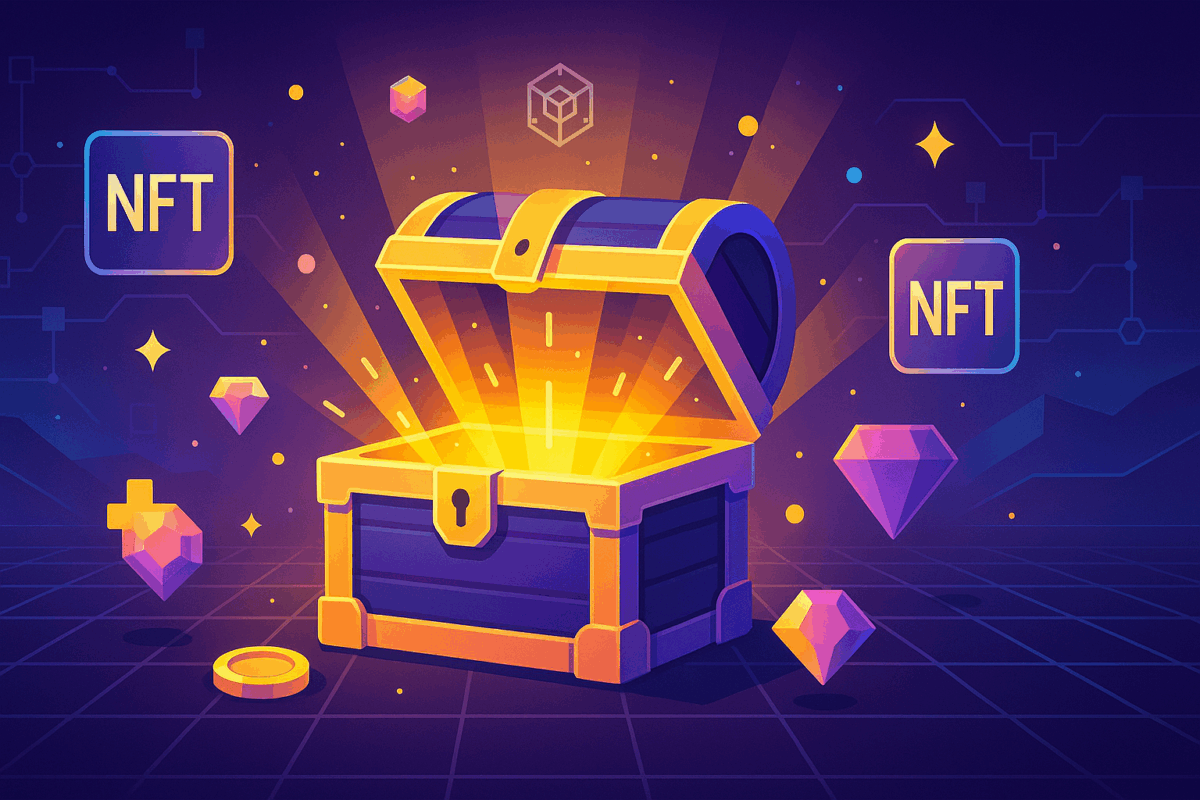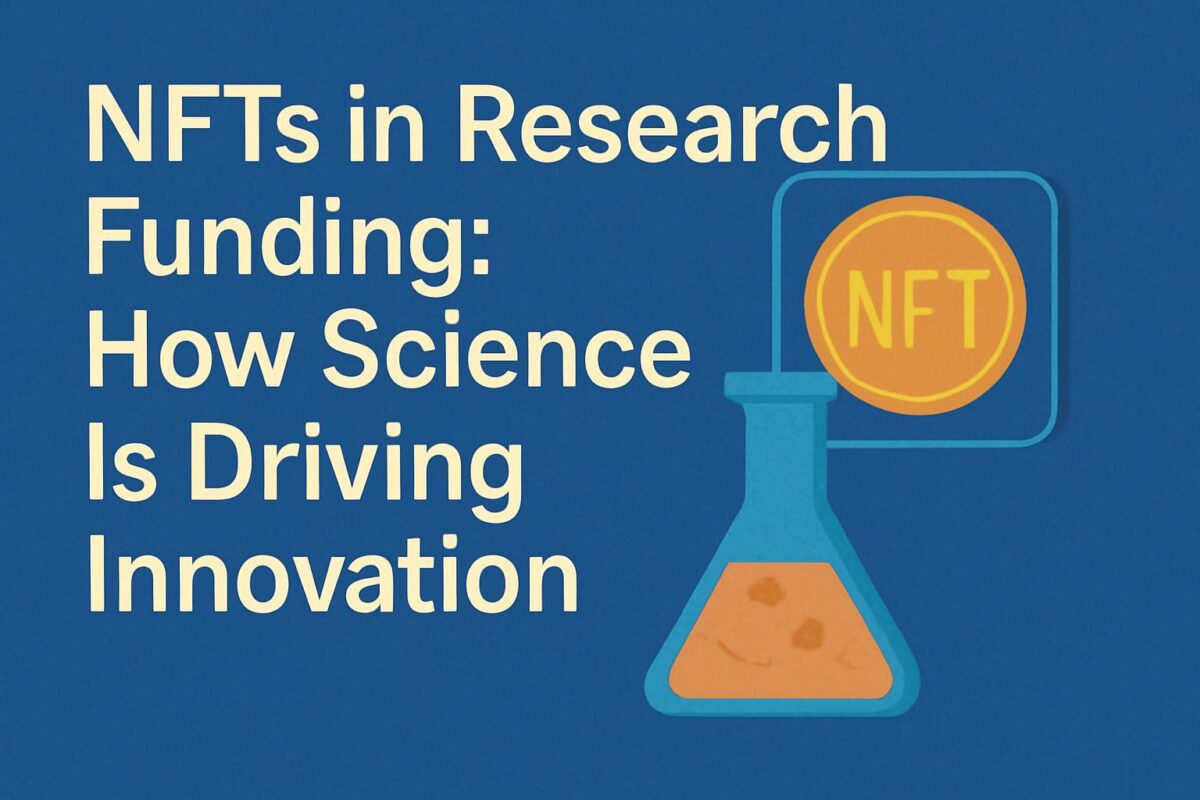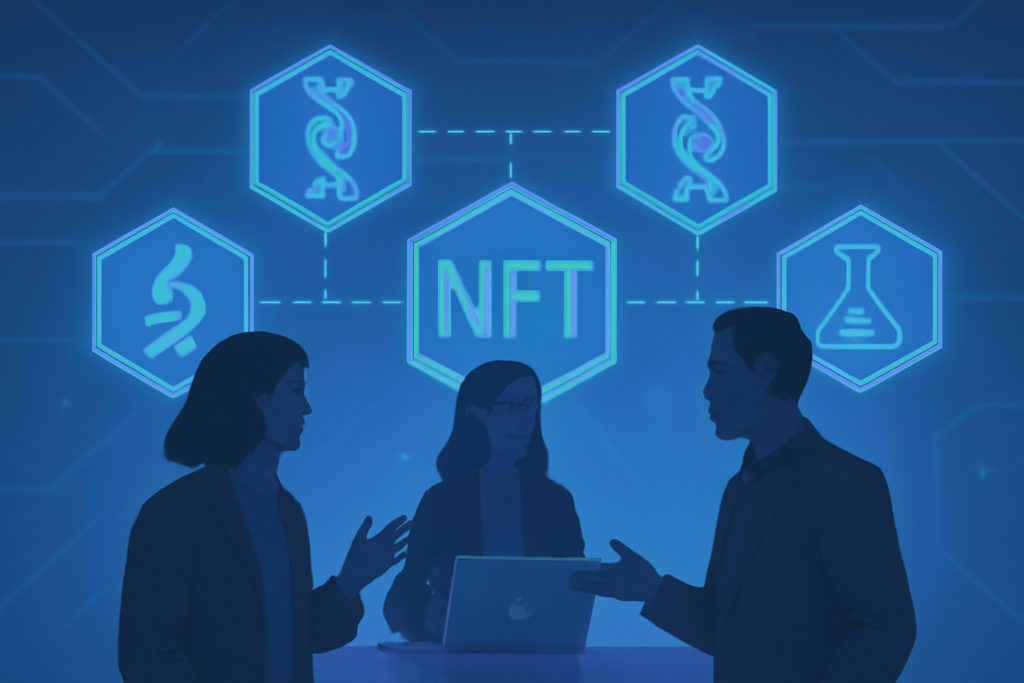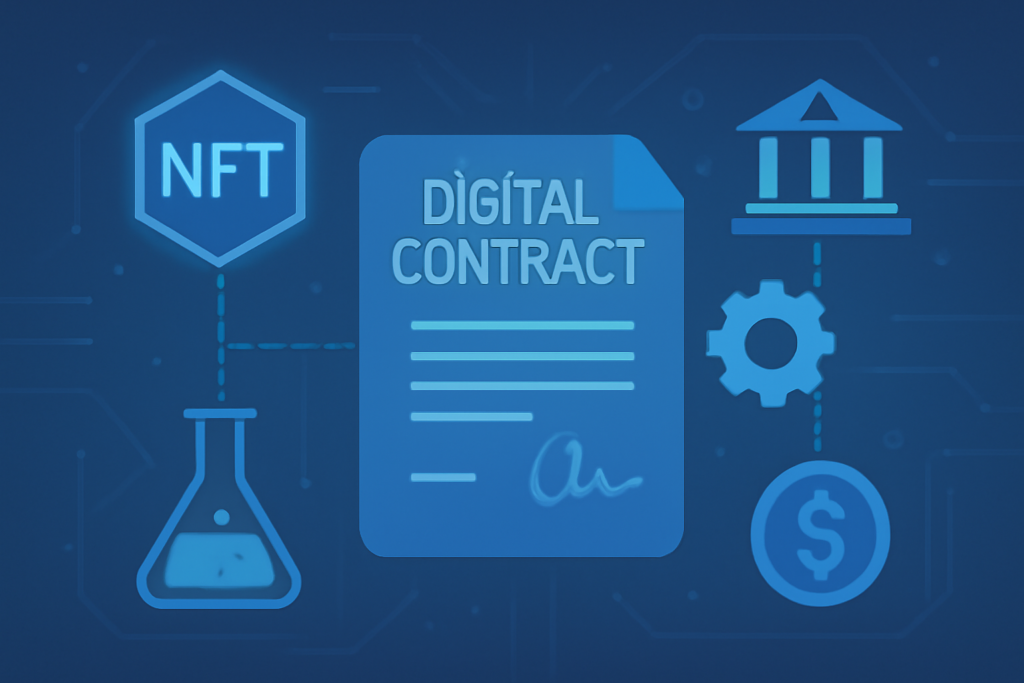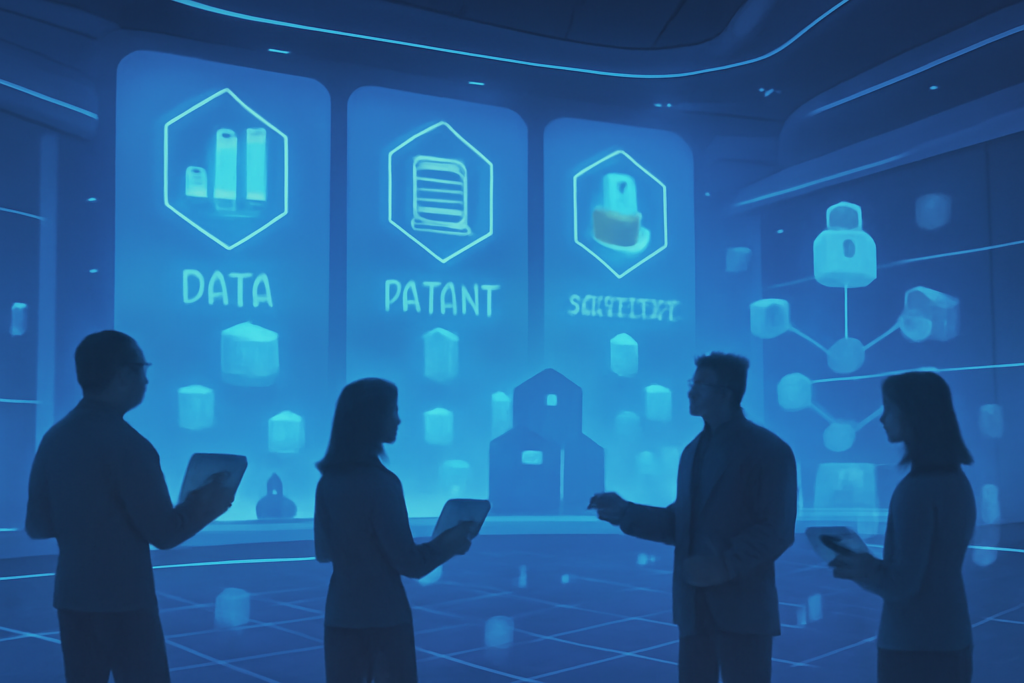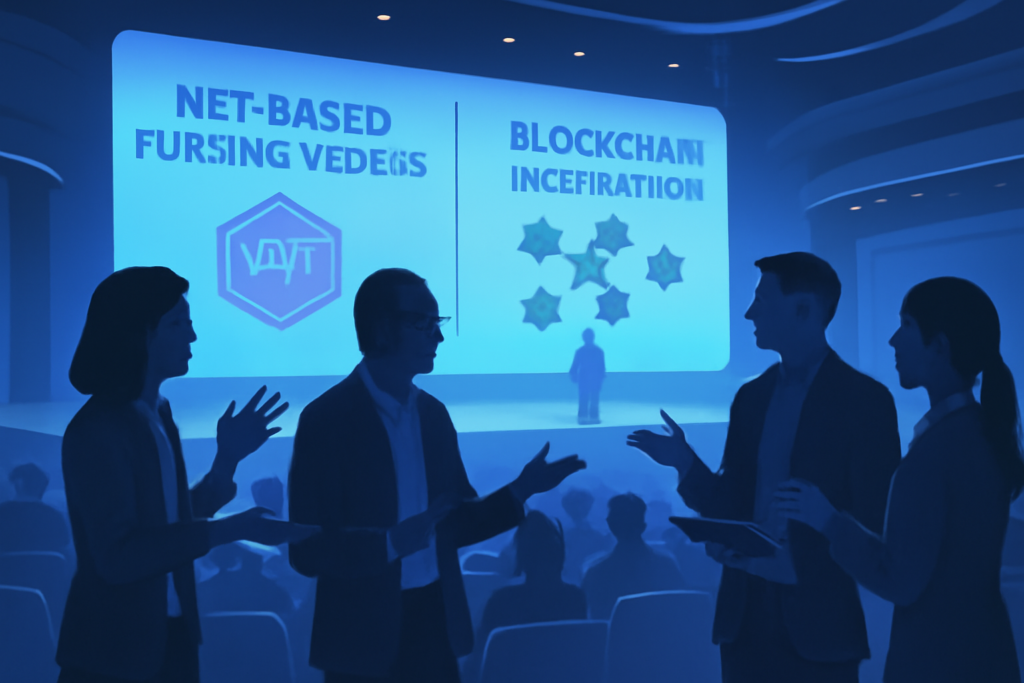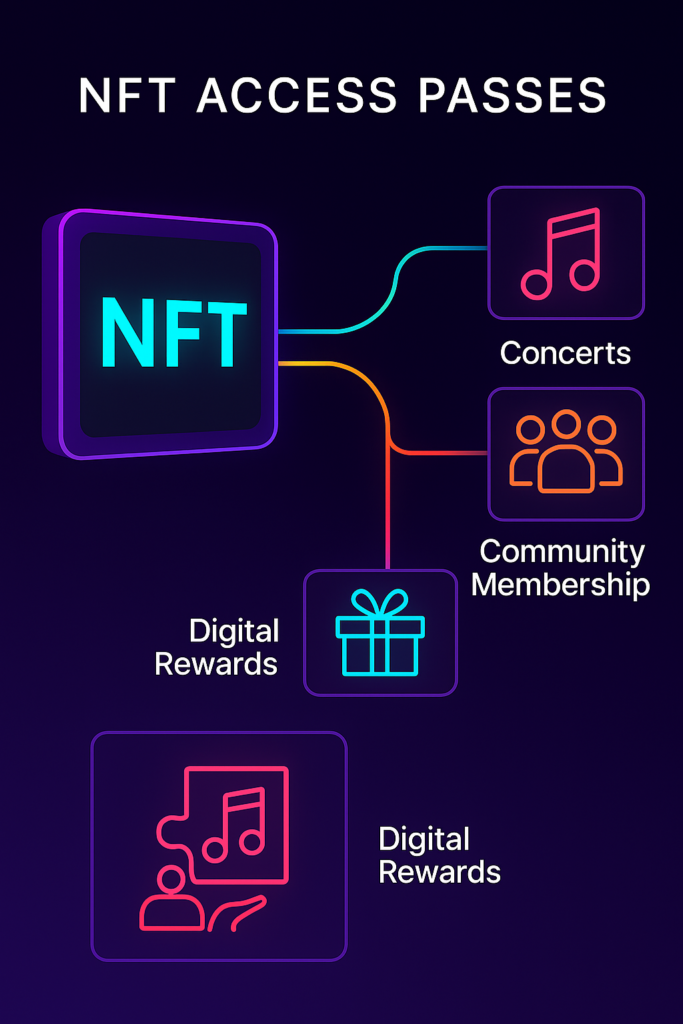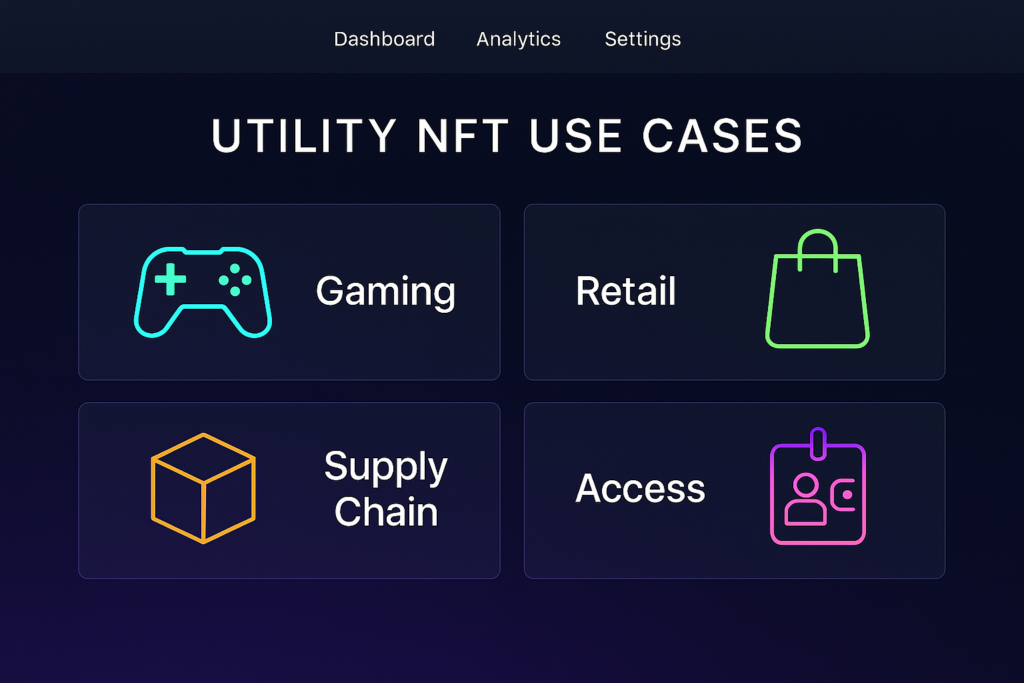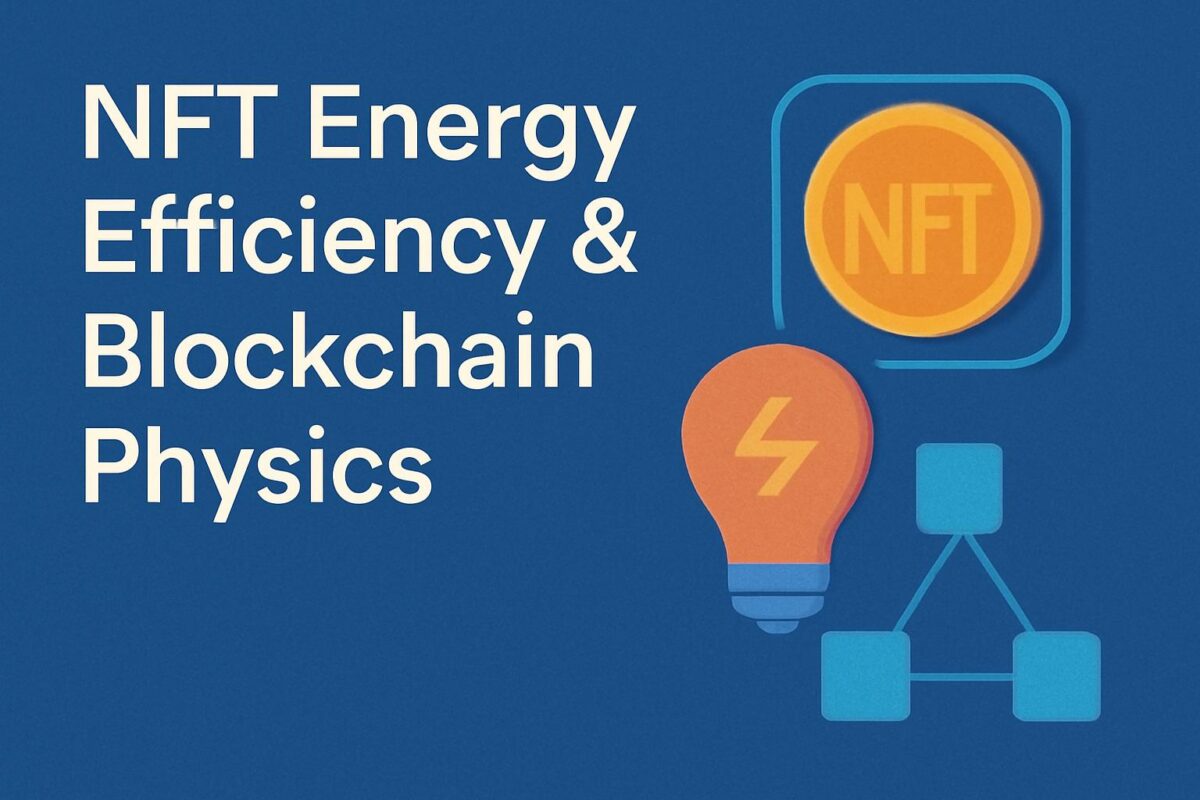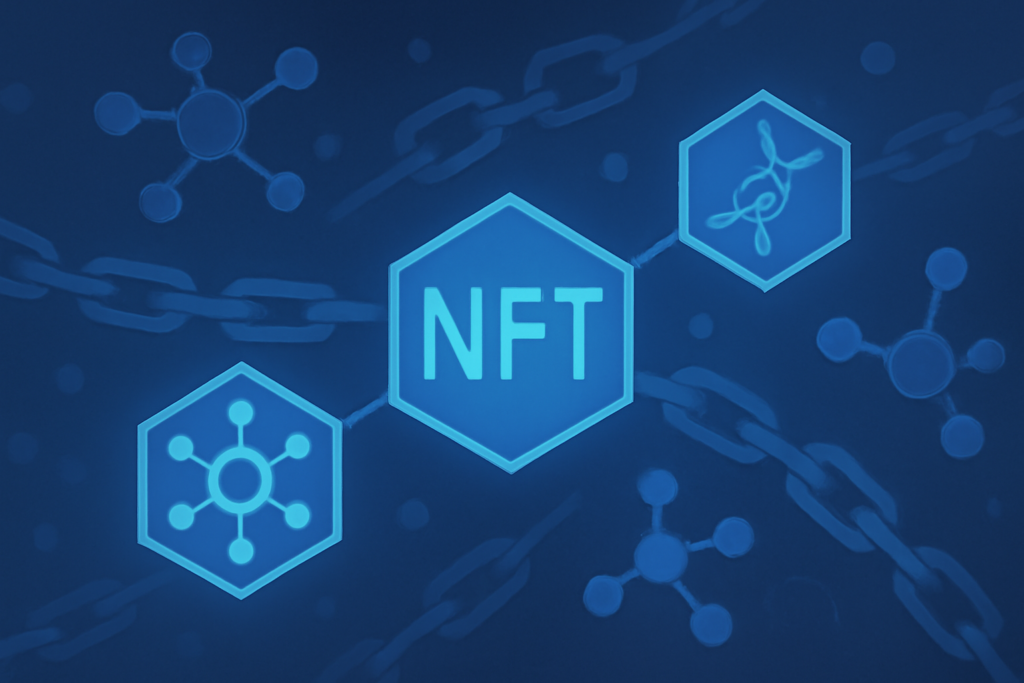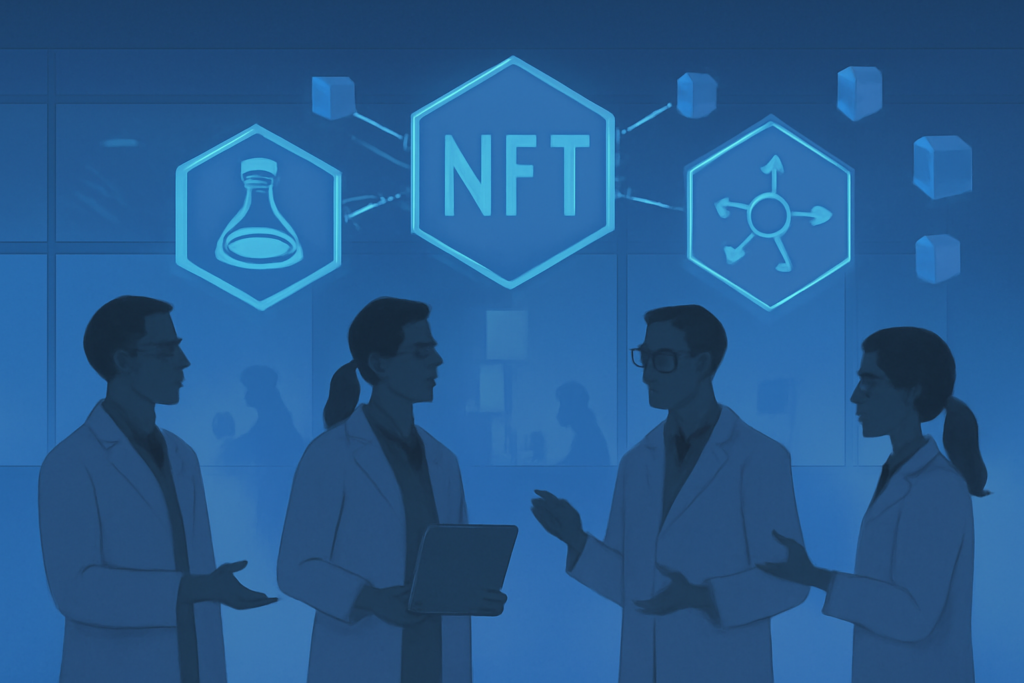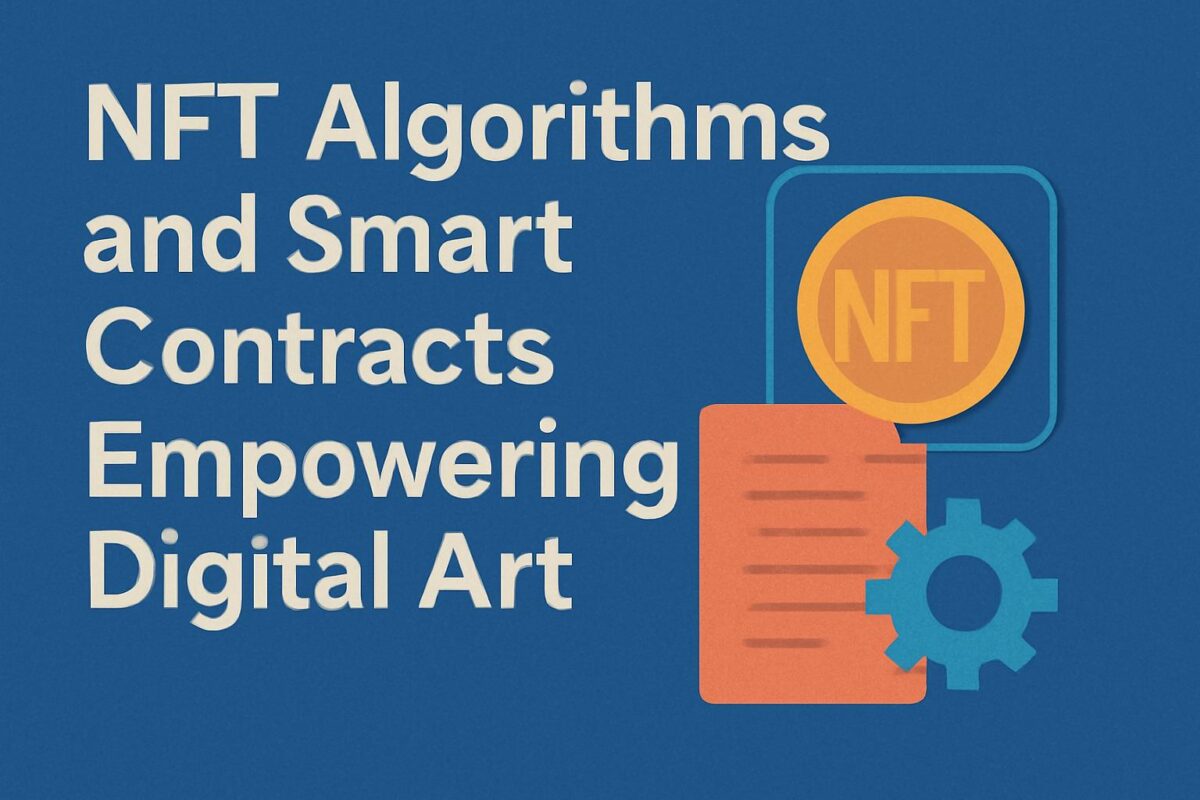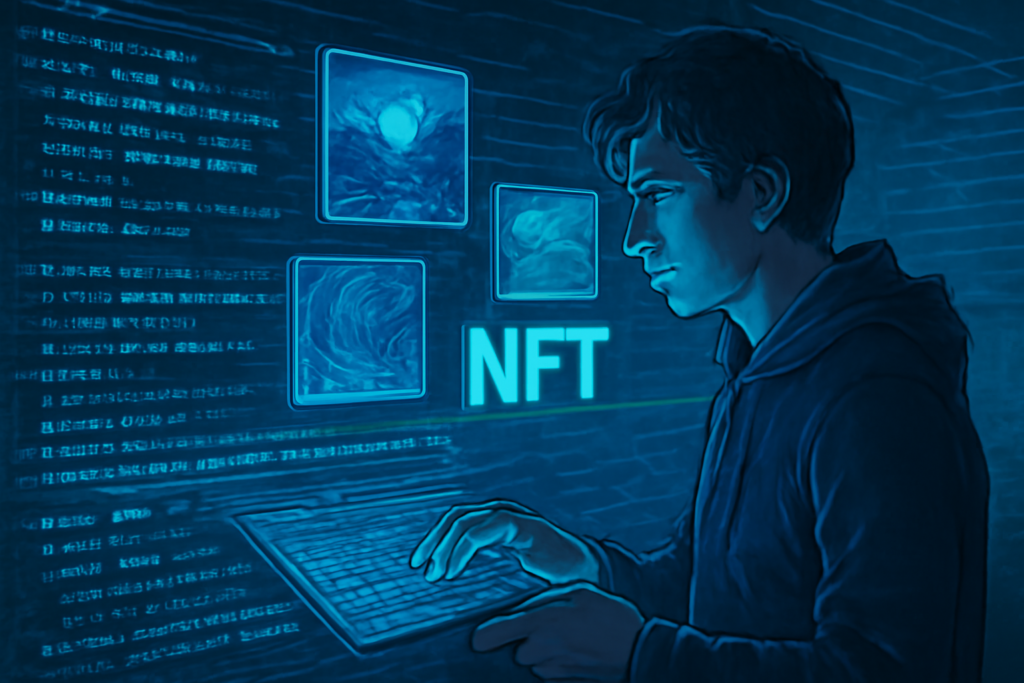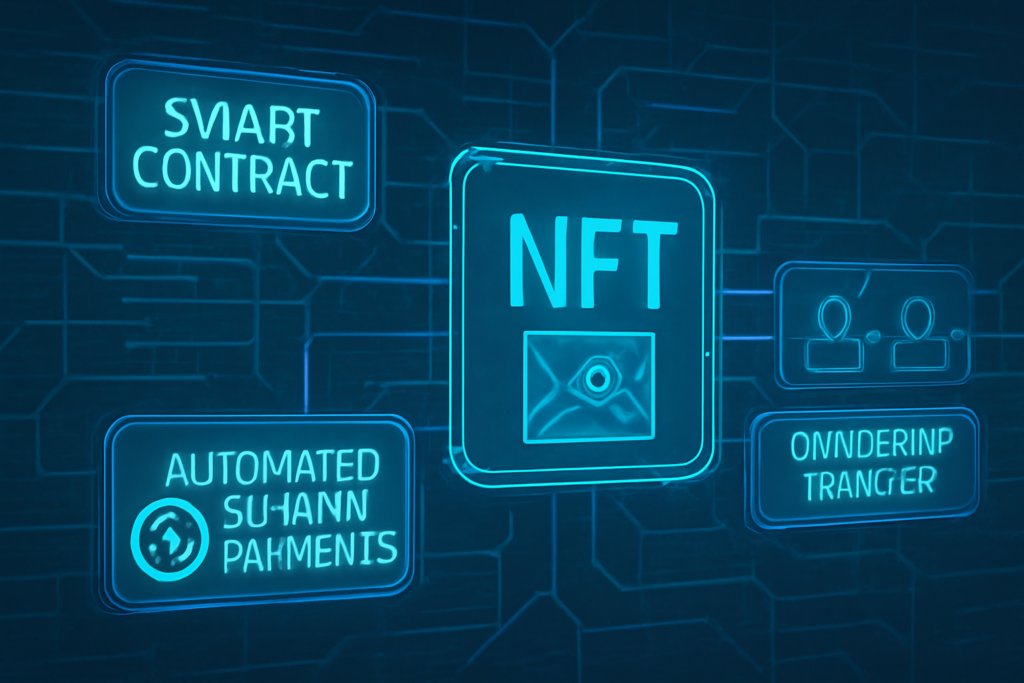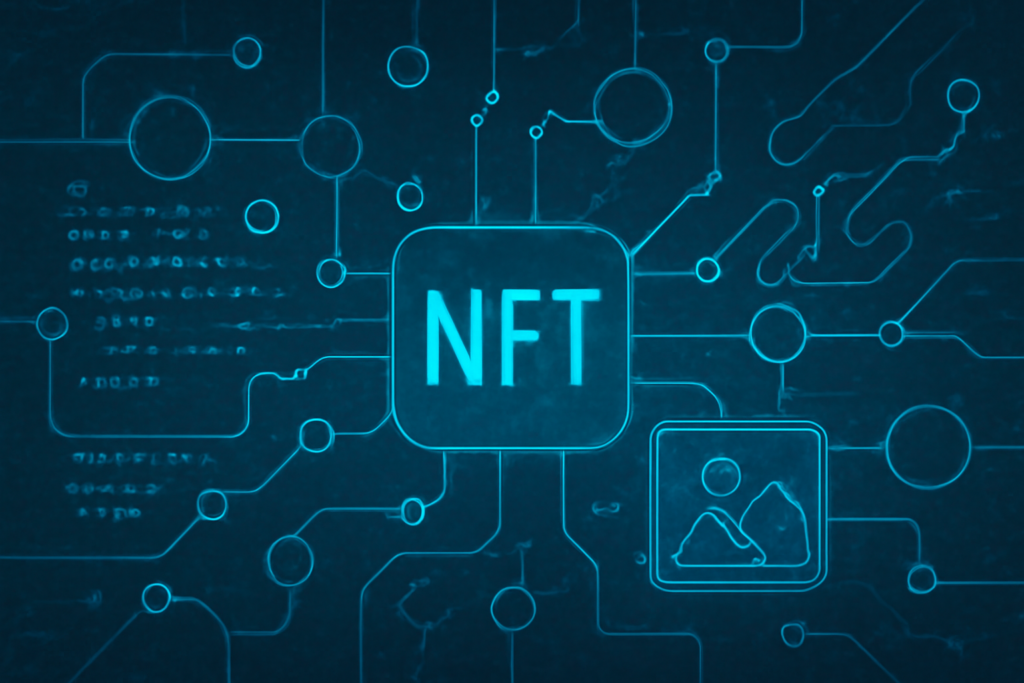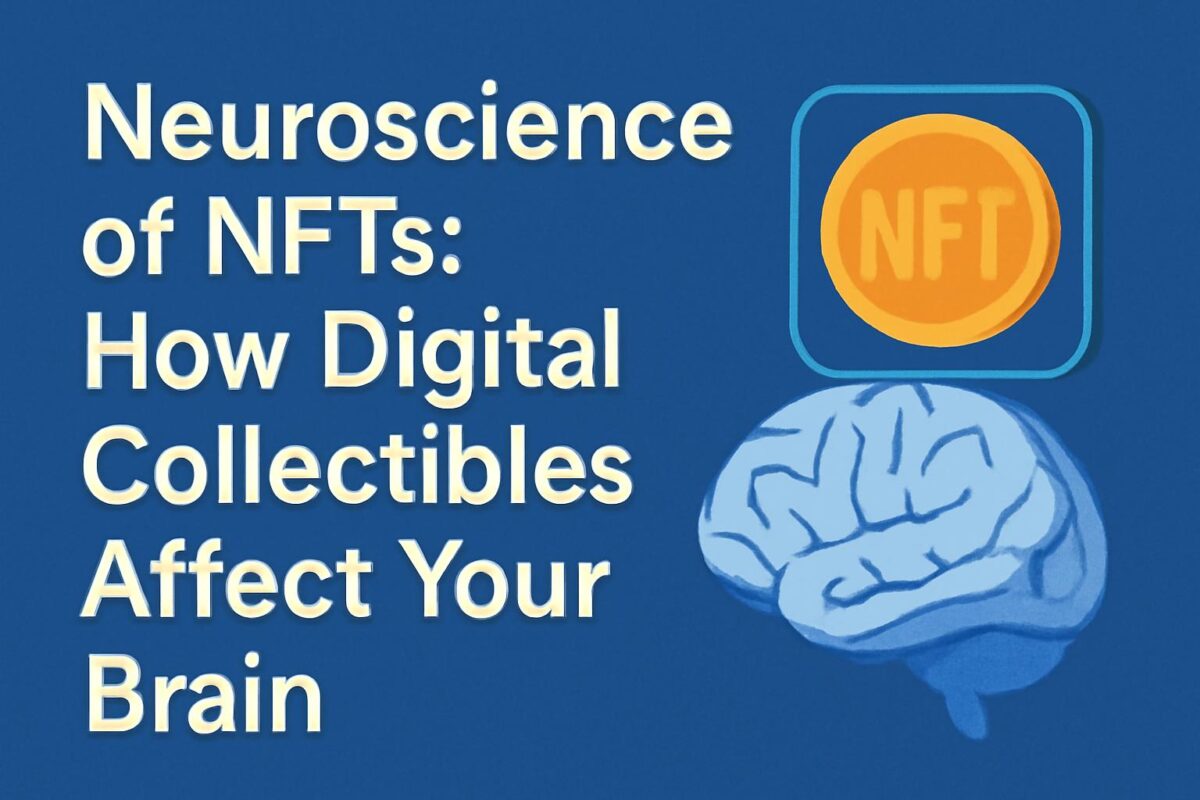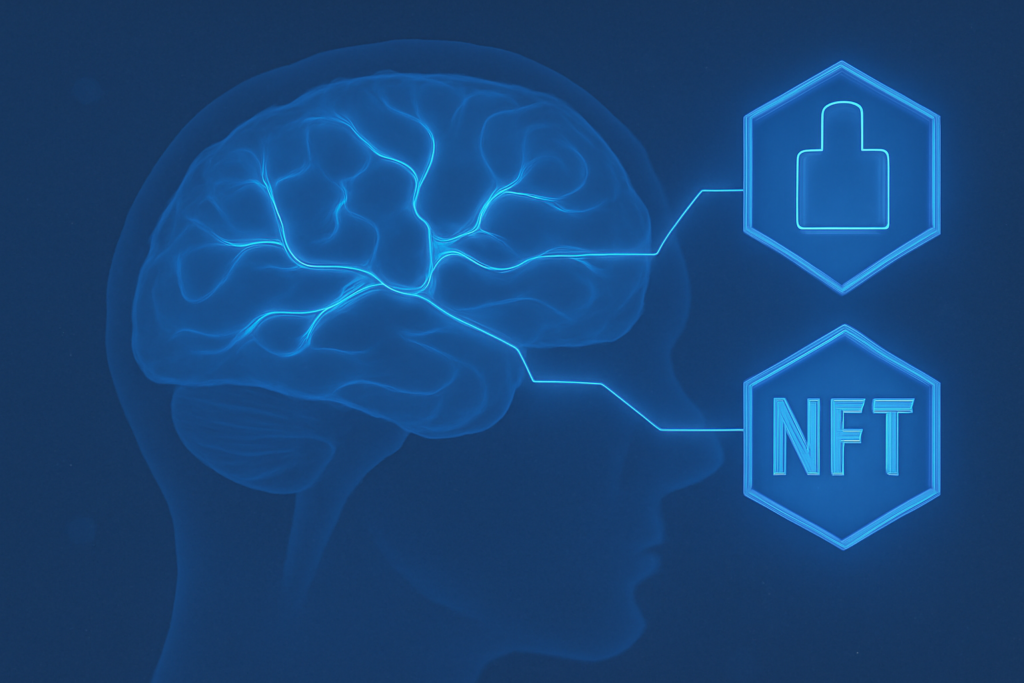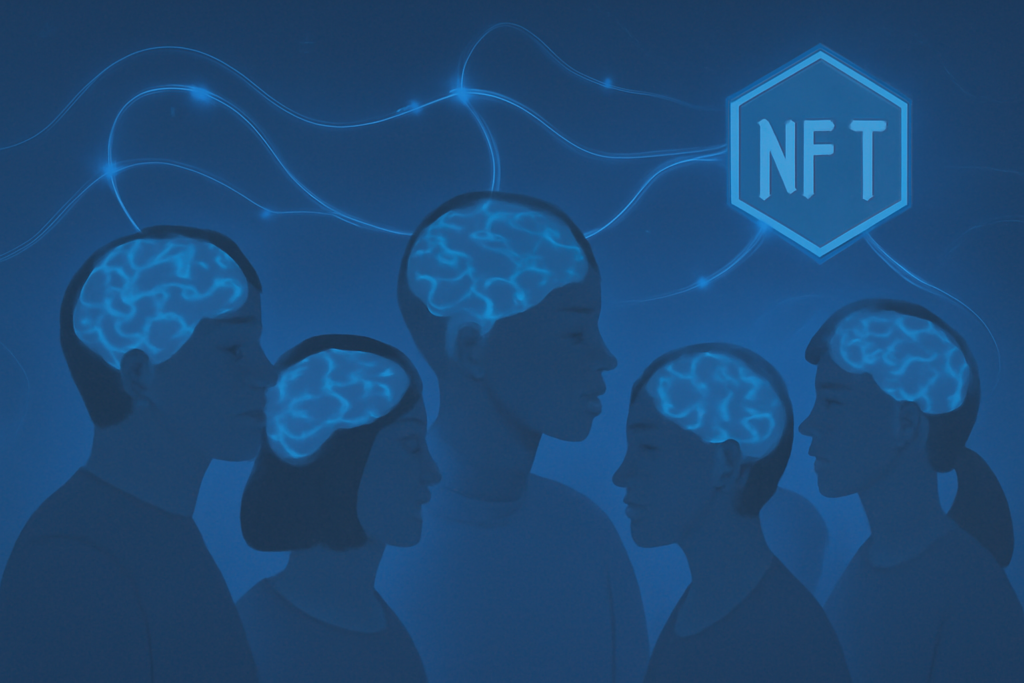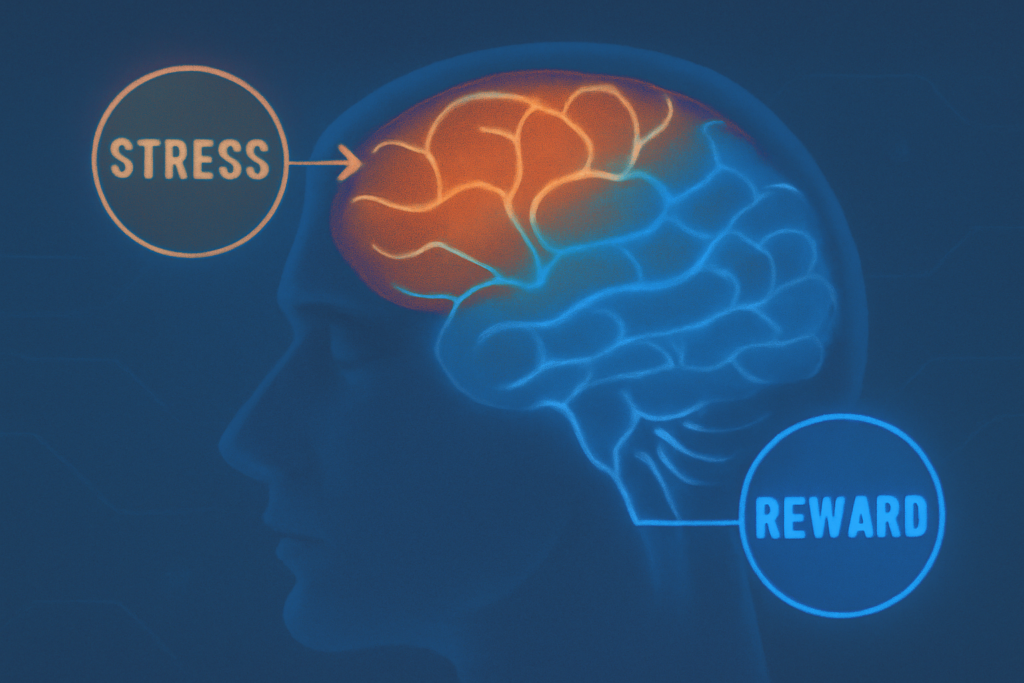Monkey NFTs: Everything You Need to Know About
Introduction
The NFT (Non-Fungible Token) space has rapidly expanded into a digital art and collectibles ecosystem, where unique items are bought, sold, and traded across the blockchain. One of the most prominent trends in the world of NFTs is the rise of Monkey NFTs—a collection of digital assets featuring artistic depictions of monkeys, often with vibrant designs and unique characteristics.
Monkey NFTs have become an integral part of the NFT community, with various projects and collections driving both popularity and profitability. In this blog, we will dive into the world of Monkey NFTs, explore their origins, why they have garnered attention, and how you can get involved in this exciting trend.
What Are Monkey NFTs?
1. The Concept Behind Monkey NFTs
Monkey NFTs are digital collectibles that feature artistic renditions of monkeys, often designed in a variety of unique and stylized ways. These NFTs are often created as part of larger NFT collections, with each monkey being a one-of-a-kind, non-replicable digital asset. Much like other NFTs, Monkey NFTs are stored on the blockchain, making them immutable and secure.
Monkey NFTs are popular for several reasons:
- They feature eye-catching designs and vibrant colors.
- They are often part of larger collections that offer varying levels of rarity.
- They represent exclusive ownership of a piece of digital art that cannot be copied or reproduced.
Some of the most well-known Monkey NFT collections include the Bored Ape Yacht Club (BAYC), which has gained significant attention in the NFT market.
Benefits:
- Unique digital collectibles with artistic flair
- Increased market interest and value due to exclusivity
- Ownership and scarcity of one-of-a-kind digital assets
2. Why Are Monkey NFTs So Popular?
The popularity of Monkey NFT can be attributed to several key factors:
- Celebrity Endorsements: Many high-profile celebrities and influencers have publicly embraced Monkey NFTs, particularly those from the Bored Ape Yacht Club (BAYC). These endorsements have helped generate significant demand for these NFTs.
- Community Engagement: Monkey NFT collections, especially those tied to BAYC, often come with exclusive community benefits, such as access to special events, parties, and networking opportunities for owners. This creates a sense of belonging and community around these digital assets.
- Limited Supply: Much like traditional collectibles, the scarcity of Monkey NFTs contributes to their value. Collections often feature a limited number of NFTs, making them rare and sought after by collectors.
Benefits:
- Celebrity influence and public recognition driving demand
- Exclusive community perks and networking opportunities
- Limited editions creating a sense of rarity and value
How to Invest in Monkey NFTs
1. Choosing the Right Marketplace
To invest in Monkey NFTs, you’ll need to choose an NFT marketplace. Some of the most popular platforms where you can find Monkey NFTs include:
- OpenSea: One of the largest NFT marketplaces, OpenSea features a wide variety of Monkey NFT collections, including Bored Ape Yacht Club (BAYC) and other trending projects.
- Rarible: Another popular marketplace for NFTs, Rarible allows you to buy and sell Monkey NFT from various collections.
- SuperRare: Known for its high-quality digital art, SuperRare offers rare and collectible Monkey NFTs from well-known artists.
Each of these platforms allows you to purchase Monkey NFTs using cryptocurrency, typically Ethereum (ETH).
Benefits:
- Access to large, reputable platforms for NFT purchases
- Secure, blockchain-backed transactions
- Ability to buy and sell NFTs easily on the marketplace
2. Evaluating Monkey NFT Projects
Before purchasing a Monkey NFT, it’s important to evaluate the project behind it. Look for the following factors:
- Creator and Artist Reputation: The reputation of the artist or creator behind the Monkey NFT can affect its value. Well-known artists and popular collections tend to have higher demand.
- Scarcity and Rarity: Some Monkey NFT collections may feature rare and limited-edition items that are more valuable due to their scarcity. Assess the number of NFTs available and how rare the specific token is within the collection.
- Community and Perks: Projects like Bored Ape Yacht Club (BAYC) offer exclusive perks to NFT owners, such as access to private events and community benefits. Ensure that the project offers engagement opportunities for holders.
Benefits:
- Strategic purchasing based on project credibility
- Higher resale value for rare or exclusive items
- Community engagement enhancing the overall experience
3. Storing Your Monkey NFT
Once you’ve purchased your Monkey NFT, you’ll need to store it in a secure digital wallet. Popular wallet options include:
- MetaMask: A widely-used browser extension wallet that allows users to manage their Ethereum-based assets, including Monkey NFT.
- Coinbase Wallet: A mobile wallet that supports NFT storage and management on Ethereum.
Make sure to choose a secure wallet that gives you full control over your NFTs, ensuring that your investment is safe.
Benefits:
- Secure storage of NFTs in a non-custodial wallet
- Easy management of assets across different wallets
- Control over your NFT assets without relying on third-party platforms
Potential Value of Monkey NFTs
The value of Monkey NFT is driven by several factors, including their rarity, demand, and community involvement. As with any collectible, their value may fluctuate based on market trends, celebrity endorsements, and project developments.
The Bored Ape Yacht Club (BAYC), for example, has seen its NFTs increase in value over time, with some selling for millions of dollars. Other Monkey NFT projects may also see significant price increases as the NFT market continues to grow.
Benefits:
- Potential for high returns on investment if the NFT appreciates in value
- Scarcity and unique traits contributing to higher prices
- Celebrity-driven demand driving up the value of limited-edition NFTs
Conclusion
Monkey NFTs have become an exciting and highly sought-after segment of the NFT market. With their unique artistic designs, limited supply, and strong community engagement, these digital assets have established themselves as valuable collectibles. Whether you’re a seasoned NFT collector or a newcomer, Monkey NFTs provide a unique opportunity to invest in digital art and engage with the growing NFT community.
By understanding the market, choosing the right NFT projects, and evaluating the rarity and perks of each token, you can position yourself for success in the ever-evolving world of NFTs.
Get Started with Monkey NFTs Today
Ready to dive into the world of Monkey NFTs? Subscribe to our newsletter for more insights on NFT investment strategies, or download our guide to help you get started with buying and investing in NFT collectibles today!

